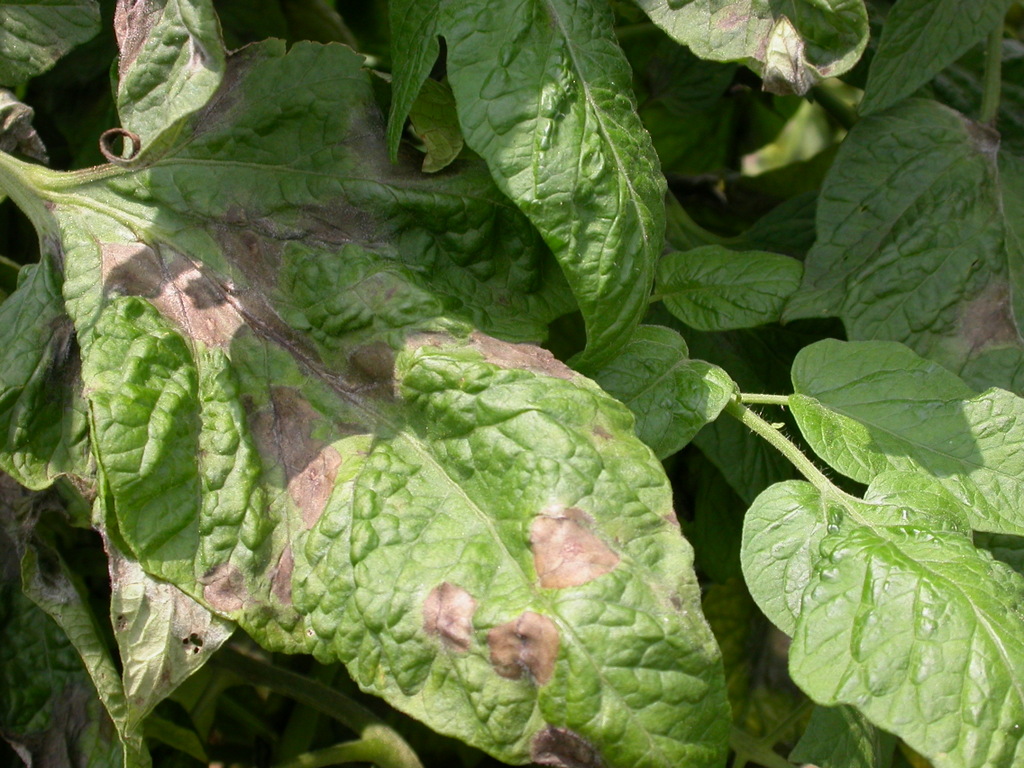

Caused by the microorganism Phytophthora infestans, late blight kills susceptible tomato plants within days of infection. Tomatoes top home gardeners’ lists of favorite crops, but since 2009, thousands of tomato lovers have had to stand by helplessly as persistent rains triggered outbreaks of late blight. Try award-winning ‘Jasper’ cherry tomatoes to beat blight.

Home Organization News, Blog, & Articles.Energy Efficiency News, Blog, & Articles.Observational trials in late blight resistance breeding plots in 2006, 2007, and 2009 at Waynesville and Mills River also indicated a high level of resistance to late blight in ‘Mountain Merit’. Late blight was present on some fruit of ‘Mountain Merit’ but was much less than for the susceptible cultivars Pink Brandywine and Cherokee Purple harvested after late blight appeared ( Table 2).

‘Mountain Merit’ had no late blight symptoms on foliage when there was an extremely high level of inoculum pressure of Phytophthora infestans, which developed complete disease within 1 week in the susceptible control (‘Pink Brandywine’). However, late blight did not occur until mid-August after much fruit of the susceptible cultivars, both earlier in maturity than ‘Mountain Merit’, had been harvested from the trial.
#Tomatoes resistant to late blight trial#
In an organic culture trial at Waynesville, NC, in the summer of 2009, ‘Mountain Merit’ did not differ in total or marketable fruit yield from the two early blight-susceptible cultivars Pink Brandywine and Cherokee Purple ( Table 2). It has the Ph-2 and Ph-3 genes in heterozygous condition conferring incomplete resistance to late blight. and Hans ( I, I-2, and I-3 genes) root-knot nematodes ( Mi gene) and TSWV ( Sw-5 gene). ( Ve gene) races 1, 2, and 3 of Fusarium oxysporum f.sp. Single dominant disease resistance genes include Verticillium dahliae Kleb. Foliage provides adequate, but not dense, cover for fruit protection. Plant growth habit is vigorous determinate ( sp) similar in height to that of ‘Mountain Fresh’ when staked. ‘Mountain Merit’ has performed well in observational trials in research station and grower fields throughout the mountains and piedmont of North Carolina. The fruit are deep oblate to flattened globe in shape with generally smooth blossom end scars and have good resistance to fruit cracking and weather check. Immature fruits have a glossy, uniform green color ( u gene). NC 1 CELBR and NC 123S were released through the North Carolina State University (NCSU) Breeders Release Board and disclosed through the NCSU Office of Technology Transfer.įruit of ‘Mountain Merit’ develop deep red color and are firm in the fully ripened stage. NC 123S resulted from selfing the F 1 hybrid ‘Amelia’ and was selected for resistance to TSWV ( Sw-5 gene), verticillium wilt ( Ve gene), root-knot nematodes ( Mi gene) and races 1, 2, and 3 of fusarium wilt ( I, I-2, and I-3 genes). 1943 and PI 126445 sources) along with verticillium wilt resistance ( Ve gene) and fusarium wilt races 1 and 2 resistance ( I and I-2 genes) ( Gardner and Panthee, 2010). NC 1 CELBR was developed for resistance to late blight ( Ph-2 and Ph-3 genes combined) and early blight (C. 1), resulted from a tomato breeding effort to develop a large-fruited, fresh-market tomato hybrid with combined late blight, fusarium wilt, verticillium wilt, root-knot nematodes, and tomato spotted wilt virus resistances adapted to vine-ripe production in North Carolina (NC). ‘Mountain Merit’, the F 1 hybrid of NC 1CELBR × NC 123S ( Fig.


 0 kommentar(er)
0 kommentar(er)
